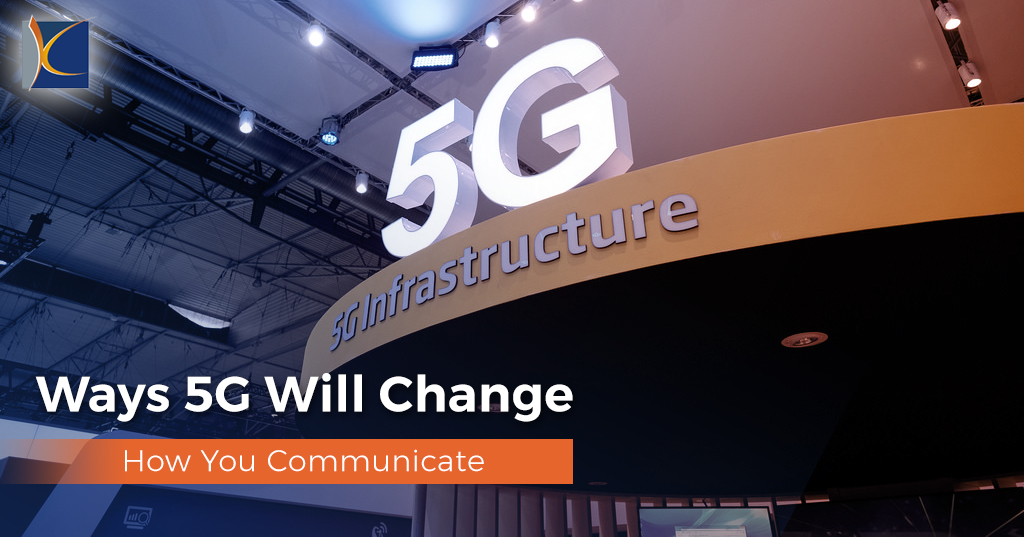
Ways-5G-Will-Change-How-You-Communicate
Ways 5G Will Change How You Communicate
Posted on June 26, 2018 in Uncategorized
The ways in which we communicate have changed drastically over the last 100 years. New communications systems were invented including the internet and telephones. While the methods that we communicate change rapidly, the primary systems used to manage them change somewhat infrequently. Take phone services for example. The overall structure of the cell phone networks has only changed a handful of times, but each iteration brings major changes.
5G is the next big advancement in communications technologies, and it is set to change how we communicate again. Here is a look at the ways 5G will change how you communicate.
Instant Communication Becomes Possible
The speed of communications plays a large part in its quality. While devices and networks are getting faster, there is still a noticeable lag in the time it takes to send and receive messages. This is especially true for larger messages. In many cases, this lag makes communication spotty and reduces the overall sound quality.
When 5G networks come online, the speed at which we can send information will drastically increase. One of the major advantages to 5G is the ability to send information faster with a lower latency rate. Latency is a measure of responsiveness, and lower latency numbers mean that we can interact with information sooner. That way, as we receive more data over a 5G network, we can analyze it and respond at much faster rates, as well as receive larger packages faster.
More Connectivity
Most of our communications happen verbally over the phone, or in text-form through text messages and emails. However, these are not the only ways to communicate. In many cases, devices that can communicate over networks are limited, and many devices lack these capabilities since current networks have limited capacities.
For businesses, this means that staff members can take advantage of the 5G network to stay connected wherever they need to go. While Wi-Fi is pervasive, it is not everywhere and can have limited performance in other places. Many Wi-Fi networks are protected as well and can be used to look at any data that is transmitted over them. Having access to a 5G network means that any device with a phone service transmitter can connect on a secure connection. Most devices including smartphones, tablets, and laptops can be equipped with these transmitters, allowing you to provide your team with the tools needed to connect anywhere.
Extremely High Capacity
One of the leading problems that networks face is the capacity limit compared to the number of devices. 4G networks have already experienced problems due to this limit, but 5G networks likely won’t have that problem for a long time since they have a much higher capacity than older networks. This will likely create a two-fold issue since many 4G devices may initially be incompatible with 5G networks. However, many communications companies are working to find ways of transitioning 4G devices to 5G networks without problems.
As 5G networks come online, the way we communicate will change. Fortunately, there are a lot of companies working to make this transition as smooth and enjoyable as possible. Once you can get on a 5G network, you are likely to see major improvements in the speed and quality of your communications. 5G is expected to begin coming online near the end of 2018.










